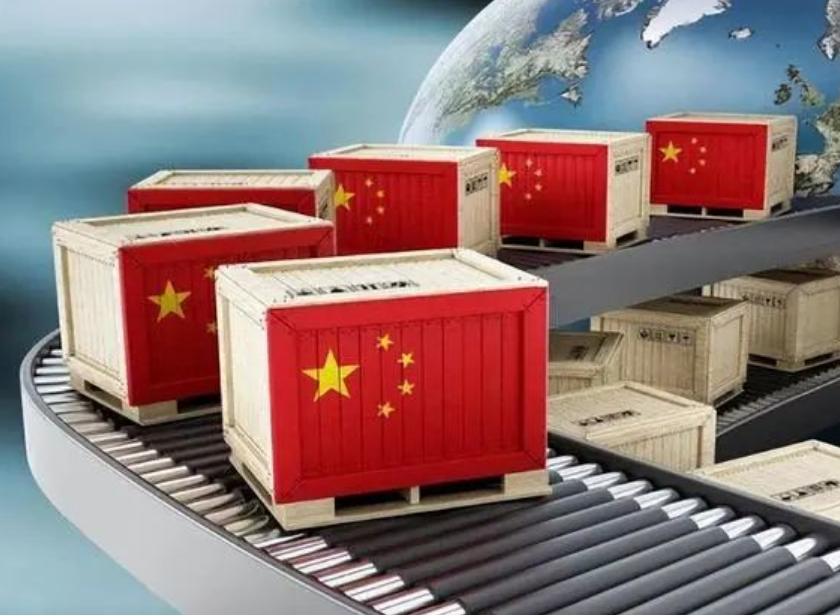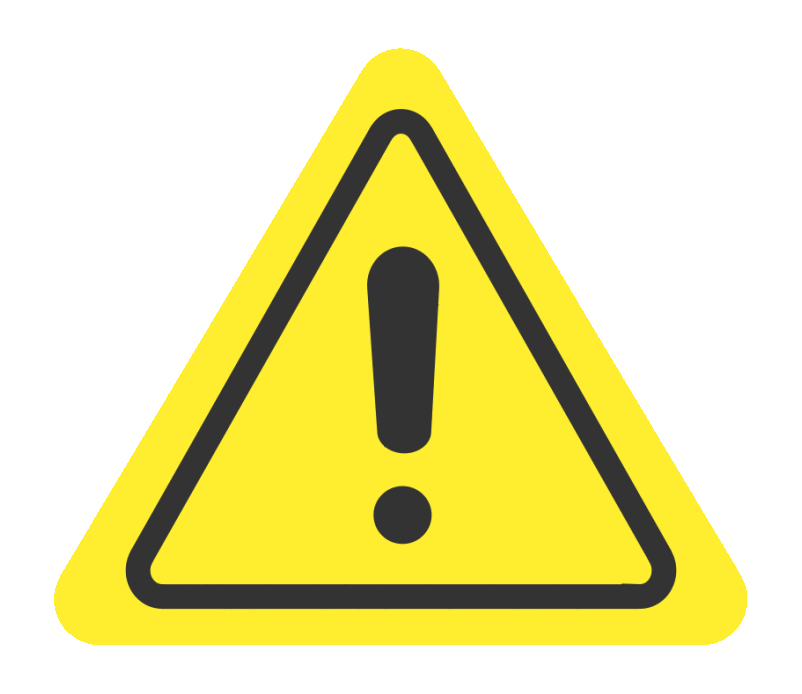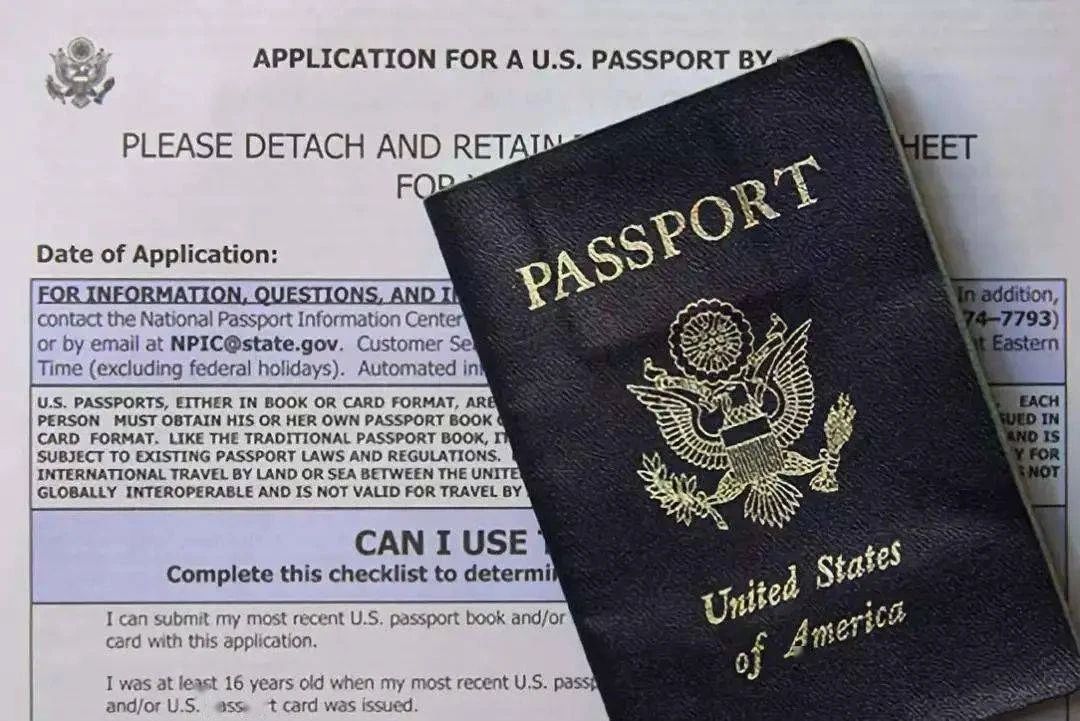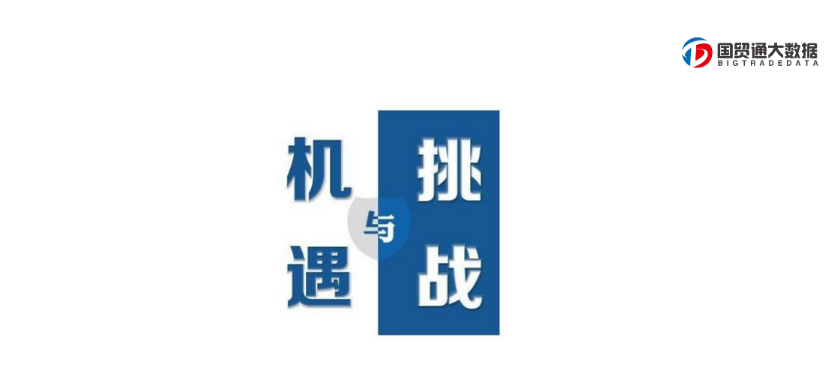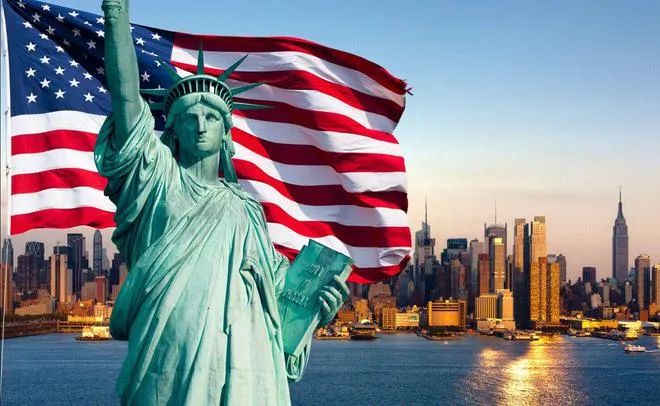
Key Country Tariff Inquiry Portal
“According to customs data, the primary export destinations for products from China include the United States, the European Union, Japan, South Korea, Vietnam, India, Malaysia, Singapore, and others.
How can the trade taxes and fees of these major trading countries be queried? Are there preferential tax rates? How about the specific anti-dumping and anti-subsidy situations for certain products?”
According to customs data, the primary export destinations for products from China include the United States, the European Union, Japan, South Korea, Vietnam, India, Malaysia, Singapore, and others.
How can the trade taxes and fees of these major trading countries be queried? Are there preferential tax rates? How about the specific anti-dumping and anti-subsidy situations for certain products?
It's important to note that the product code used for querying must be the code of the destination country.
The commonly mentioned HS code is the international commodity code, used to identify information such as the name, specifications, and purpose of goods. It serves as a crucial basis for customs supervision and taxation of imported and exported goods. The HS code consists of 2-digit, 4-digit, and 6-digit numbers, with the internationally common practice being to use the 6-digit code. The remaining digits may vary by country. Therefore, when checking on the official websites of different countries, it is usually sufficient to input the first 6 digits or search based on the specific product description. Alternatively, you can simplify the process by directly asking the importer for their customs declaration code.
①China Ministry of Commerce Foreign Trade Practical Query Service(Official Website : http://wmsw.mofcom.gov.cn/

This website provides information on import and export taxes and fees for 88 countries and regions worldwide, regulatory conditions for 48 countries and regions, and tax calculations for 55 countries and regions. However, some buyers may need the tariff rates found on their own country's official website. In this case, we need to use the official query methods provided by these countries.
②United States HS Code and Tariff Inquiry : https://hts.usitc.gov/
HS Code Inquiry: Navigate to the aforementioned website, input the first six digits of the Chinese HS code into the search box. On the search results page, detailed HS codes can be found on the left side, and you can choose the appropriate HS code for your product.

The tariff procedure is as follows:On the search page under 'Rates of Duty,' the left column labeled 'General' represents the general import duty rates, while the right column labeled 'Special' indicates import duty rates levied by the United States on specific countries. We can focus on the general import duty rates.

U.S. import duties consist of three parts: tariffs, Merchandise Processing Fee (MPF), and Harbor Maintenance Fee (HMF). Tariffs are calculated based on the value of the goods, while MPF and HMF are calculated based on the quantity of the goods. If the product is subject to additional tariffs in the U.S.-China trade dispute, you will see a small '/', and clicking on it, as shown in the figure below, reveals a specific list that provides access to the tariff list

How to query products subject to additional tariffs : https://ustr.gov/

Due to the fact that the United States has issued four lists of products subject to additional tariffs, with multiple exemptions granted and extensions provided after the exemptions expire, many foreign trade professionals are unsure whether their products are currently subject to tariffs or not. To confirm whether a product is affected, you can search for the 8-digit HTS code on the official query website provided by the Office of the United States Trade Representative.
③European Union : https://ec.europa.eu/taxation_customs/dds2/taric/taric_consultation.jsp?Lang=en
The cornerstone of the European Union's trade policy is the Customs Union. For products imported from third countries, regardless of which country they enter the EU from, the same import duties are levied.
Before the United Kingdom's withdrawal from the European Union, the 27 member countries of the EU were as follows: Austria, Belgium, Bulgaria, Cyprus, Czech Republic, Croatia, Denmark, Estonia, Finland, France, Germany, Greece, Hungary, Ireland, Italy, Latvia, Romania, Lithuania, Luxembourg, Malta, Netherlands, Poland, Portugal, Slovakia, Slovenia, Spain, and Sweden.
④Japan : https://www.customs.go.jp/english/tariff/2021_1/index.htm
On January 1, 2022, the Regional Comprehensive Economic Partnership Agreement (RCEP) officially came into effect. Through RCEP, China and Japan reached bilateral tariff reduction arrangements for the first time. China immediately implemented zero tariffs on 57% of the tariff lines for exports to Japan. After the transition period, 88% of China's exports to Japan will enjoy zero tariffs. Currently, some products already benefit from zero-tariff treatment, and specific details can be found in the RCEP column.
⑤South Korea : https://unipass.customs.go.kr/clip/index.do
South Korea is the 11th party to the RCEP that has come into effect. Under the RCEP agreement, South Korea's tariffs on 86% of Chinese products will eventually be reduced to zero, with 50.4% of Chinese product tariffs immediately reduced to zero upon the agreement taking effect.

⑥Vietnam : https://vntr.moit.gov.vn/search
Both Vietnam and China are members of the Regional Comprehensive Economic Partnership (RCEP). Currently, China and Vietnam have not signed any bilateral trade agreements. The implementation of RCEP is expected to significantly boost the scale of bilateral trade in services and investments between Vietnam and China.

⑦India : https://old.cbic.gov.in/htdocs-cbec/customs/cst2023-010223/cst-idx
Indian customs classify tariff items based on the product name and Harmonized System Code (HS code). Most of India's tariffs are ad valorem, including basic customs duty, additional duty, special additional duty, and export duty, among others. The additional duty, also known as countervailing duty, is calculated based on the CIF (Cost, Insurance, and Freight) value and the basic customs duty. It is equivalent to the consumption tax rate levied on similar or identical products produced in India."

⑧Malaysia : http://mysstext.customs.gov.my/tariff/home
When importing goods into Malaysia, not only is the 'SST' (Sales and Services Tax) payable, but customs will also levy corresponding import duties based on the goods. As Malaysia is a member of RCEP, when checking tariffs, one can choose the corresponding trade terms to enjoy relevant tariff preferences.
⑨Singapore : https://www.tradenet.gov.sg/tradenet/portlets/search/searchHSCA/searchInitHSCA.do
As per the provisions of the China-Singapore Free Trade Agreement, Singapore has eliminated tariffs on all products originating from China that comply with the rules of origin of the China-Singapore Free Trade Agreement since January 1, 2009, for normal products specified in the China-ASEAN Free Trade Area Goods Trade Agreement.
Currently, Singapore imposes import taxes on only a few products such as tobacco, alcohol, petroleum, and cars. If your product falls within this list, you can find information about Singapore's import tariffs on the Singapore Customs website. If the goods imported into Singapore are intended for local consumption, the current 8% Goods and Services Tax (GST) must be paid."
⑩ASEAN (Association of Southeast Asian Nations) : http://fta.mofcom.gov.cn/ftanew/taxSearch.shtml
The import tariffs imposed by the ten ASEAN countries on Chinese products can be found on the China Free Trade Zone Service website. All these countries have signed relevant free trade agreements with China and are also member countries of RCEP.
The ASEAN countries include: Brunei, Cambodia, Indonesia, Laos, Malaysia, Myanmar, the Philippines, Singapore, Thailand, and Vietnam.
India, Bangladesh, Korea, Sri Lanka, and Laos are part of the Asia-Pacific Trade Agreement.
After the implementation of RCEP, countries are gradually lowering their tariff rates, and the search results here will also be synchronized.
Business with countries outside the RCEP circle can still enjoy preferential terms under other trade agreements. The principle is generally to apply the most favorable terms and fully enjoy the benefits of the agreement.
⒒ Anti-dumping, Anti-subsidy : http://cacs.mofcom.gov.cn/index.shtml
Finally, you can check the specific details of each country's anti-dumping and anti-subsidy measures against Chinese products here.



